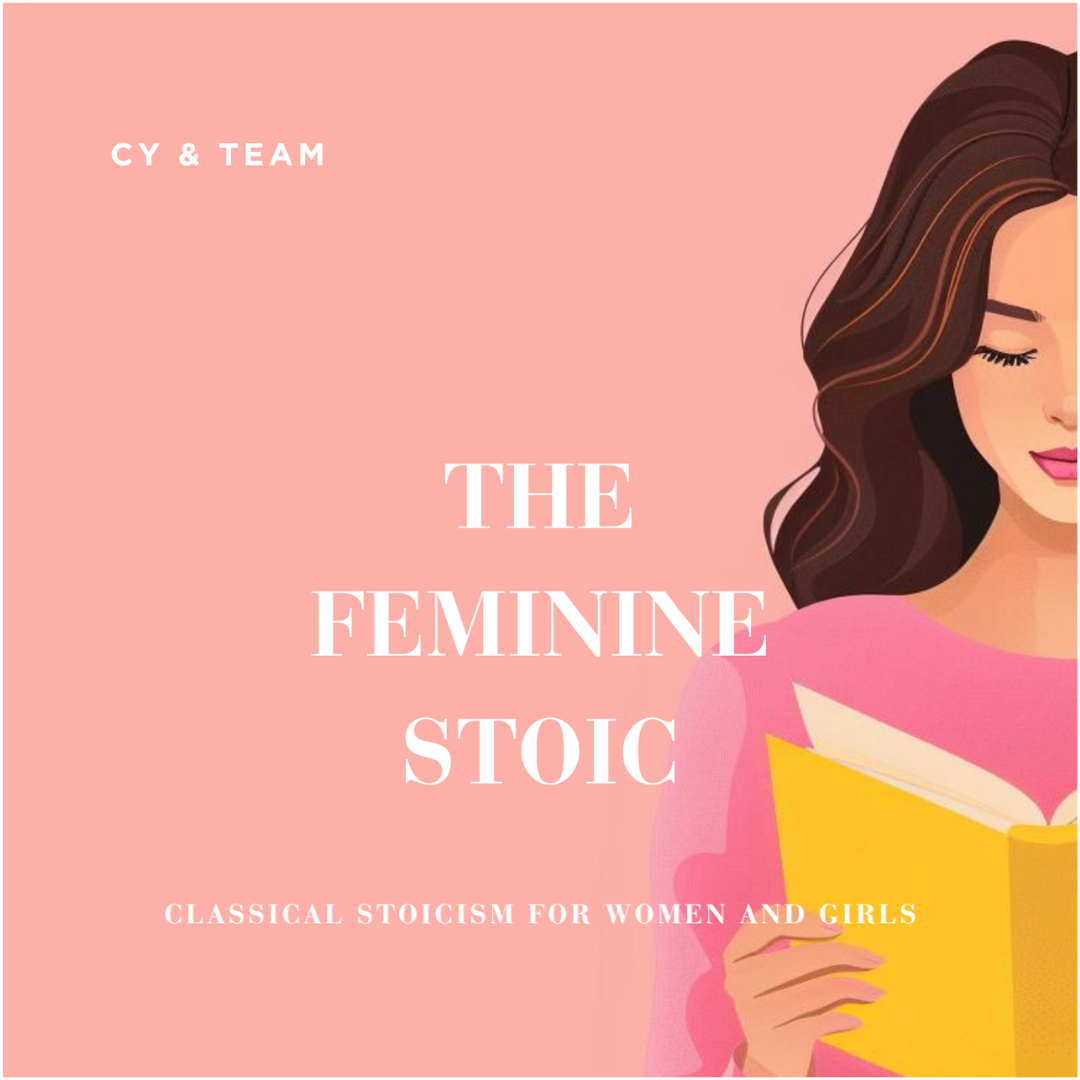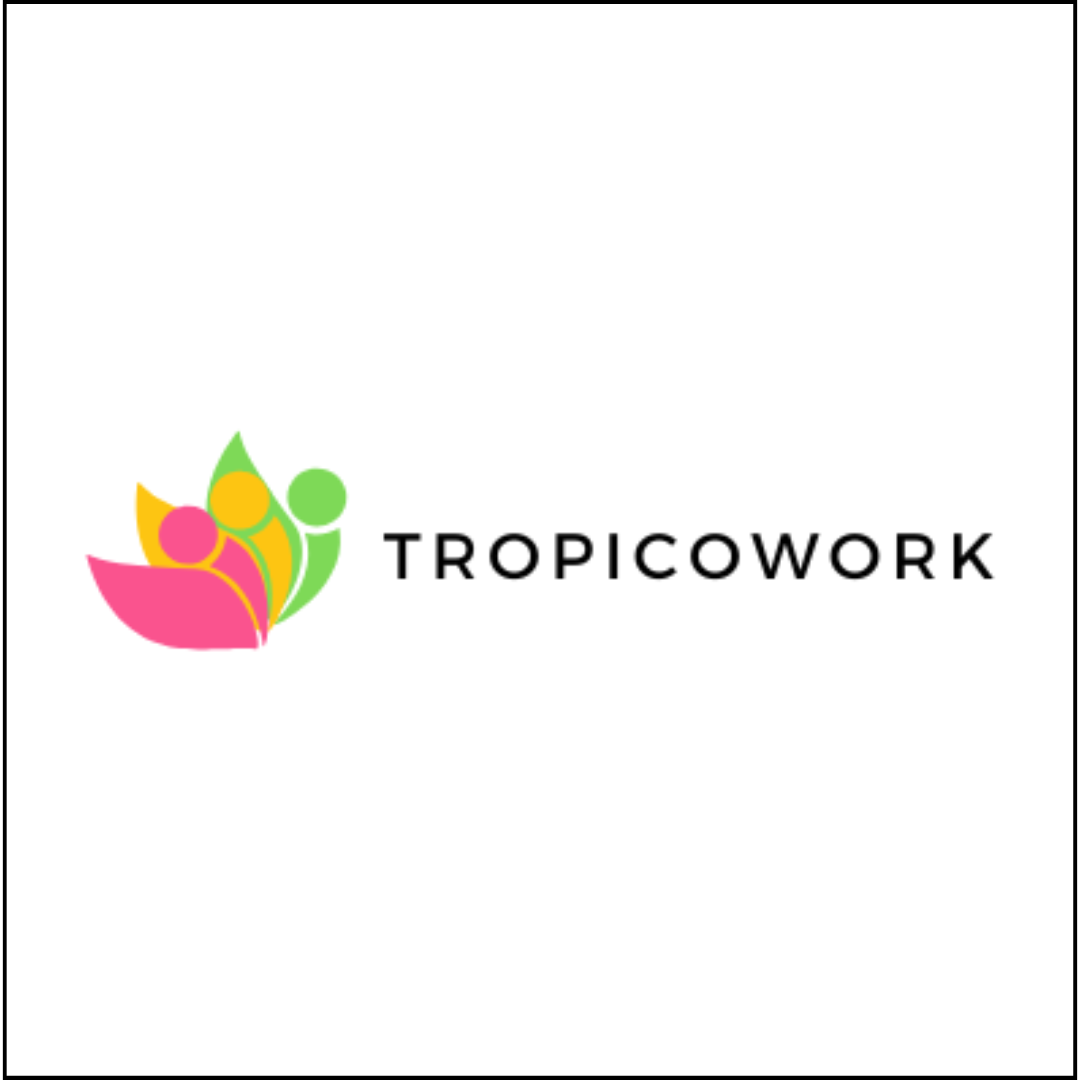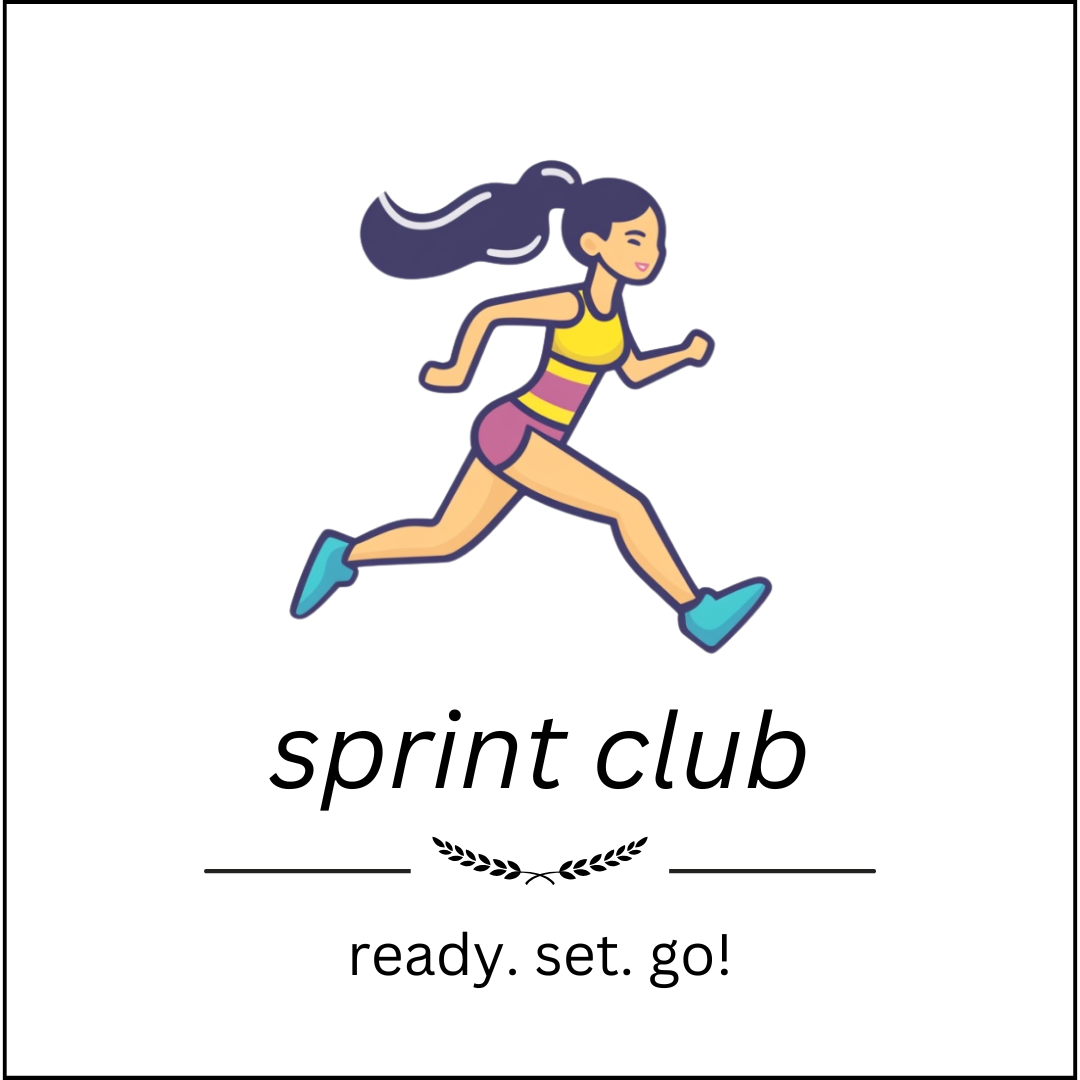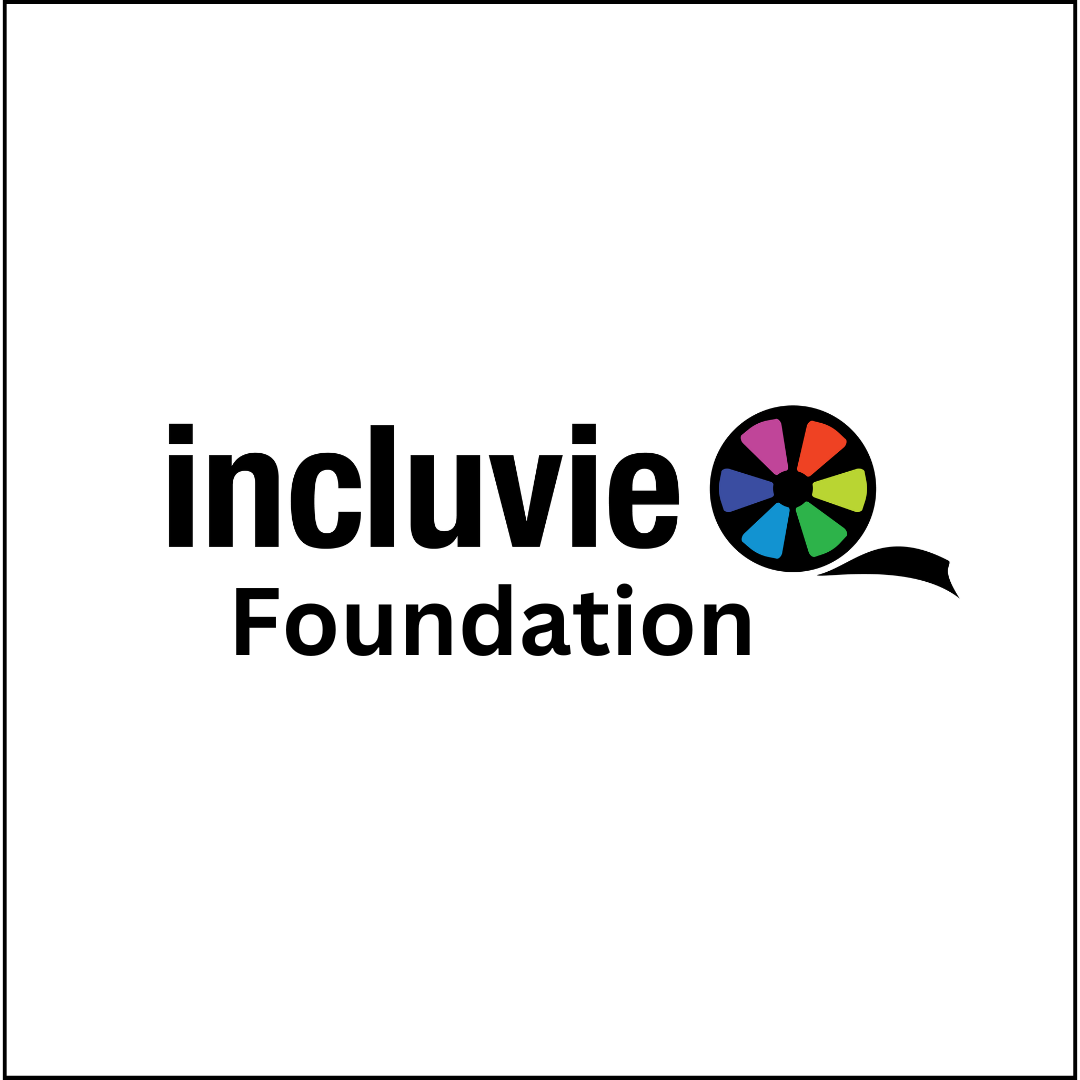Importance of Race and Identity in Voice Acting
Earlier this year, the murders of Breonna Taylor, George Floyd, Ahmaud Arbery, Monika Diamond, and many trans and gender-nonconforming individuals that didn’t make the headlines, brought Black Lives* Matter heavily into the mainstream. Businesses, institutions, and communities all over the world began re-evaluating their representation. Statements poured out declaring anti-racism and condemning white supremacy. Liberal celebrities celebrated one another for their “wokeness” and distinguished themselves from the next racist by posting “tear-jerking” #BlackLivesMatter videos (yes, I’m looking at you, Ashton Kutcher). Cancel culture began its typical frenzy, and diversity and inclusion received even more of an intensive spotlight in the job field.
From my perspective, it was like being more than a hundred years too late to the party. Visibility can be both a blessing and a curse. Black Lives Matter joins the long list of grassroots organizations that have been fighting for social justice in the United States. However, once it entered the mainstream, I felt as if the strength of the message that Black. Lives. Matter. represented got lost in translation. Now, it’s as if the action behind the movement is more about the pressure to prove one is not racist. Radicalness is more of a revolution, while mainstream liberalism is more of a bandaid. It only covers what’s under the surface.
In the entertainment world, this is all too familiar; it’s about appearances in more ways than one. As serious as the Black Lives Matter movement is, this article isn’t attempting to equate the fatal violence of BIPOC (Black, Indigenous, People of Color) with my qualms regarding the film and television industry. While I recognize these issues stem from capitalism and white supremacy, my goal is to merely highlight the ways in which the movement has been trivialized for the sake of appearing “inclusive” and, of course, “woke.”
I am a big fan of animation. In fact, nowadays I prefer watching something animated over something live-action. If it’s not apparent, diversity in animation is limited. And when it comes to animation, the importance of inclusion can be two-fold. You have the characters: human, animal, supernatural, etc. but you also have the voice actors. Since, typically, no one is going to see the actor, not much thought goes into who should voice the character besides them being a good fit. This makes sense, right?
Bojack Horseman is honestly one of my favorite shows. The series is known for its zany, complex characters and satirical writing. But like most films and television, it is not without its flaws. One of the few human characters is Diane Nguyen, a Vietnamese-American character who was voiced by Alison Brie, a white actress. Amidst the protests against injustice earlier this year, the issue of visibility and representation in media also arose. After a lot of flack, the actress eventually put out a statement of regret for voicing an Asian character and taking a job away from an Asian voice actress.
Big Mouth, which is set to release its newest fourth season on December 4th of this year, also received backlash for voicing a biracial Black character, Missy, with that of another white voice actress, (Jenny Slate). In this upcoming season, however, the character of Missy has already been replaced by comedian Ayo Edebiri who is a Black woman.
In an article with Variety, co-creator Nick Kroll even admitted initially that the character of Missy was just “a dorky girl who happens to be Black,” but as seasons have progressed, her character’s identity is now rewritten to be more crucial to her story. My question here is which came first: the replacement or the rewrite? And this is where I find issues.
Similarly with Diane, when the majority of writers or creators are white, the racial identity of a character is not going to be at the forefront because they don’t have the capacity to write on behalf of that identity. But, since shows like Bojack Horseman and Big Mouth need diversity, they create these characters anyway, only to later find ways to incorporate their identities into the storylines. For Diane, it didn’t happen until Season 5 where she flies off to Vietnam, only to realize she doesn’t connect at all to her ancestral homeland.
On one hand, when you have people of color in a show, it doesn’t always need to revolve around their racial identity for it to matter. In my opinion, it’s not just about highlighting their struggles and differences, or having the voice actor be exactly the same as the character, it’s truly about who’s writing it and their intent.
If it mattered that the identities were aligned, then Missy should be voiced only by a biracial Black actress, and Diane, a Bostonian Vietnamese-American actress. Todd should have been voiced by an asexual-identifying person. Jay Bilzerian, an Armenian-American actor. The specifics could go further and further and still miss the point.
Having BIPOC characters for the sake of simply having BIPOC is where diversity is at right now in the entertainment industry. What really needs to change is hiring diverse storytellers who can create characters with experiences that come from a more personal perspective rather than a random one.
Conceptually, we can relate the feeling of loneliness, loss of direction, and identity that exists in Bojack Horseman to the hilarious awkwardness of puberty in Big Mouth. But if you are going to have racially, sexually, or otherwise diverse characters, diversify your writers’ room rather than just replace the voice of the character.
*Lives including women, LGBTQ+, trans, gender-nonconforming, incarcerated, global




